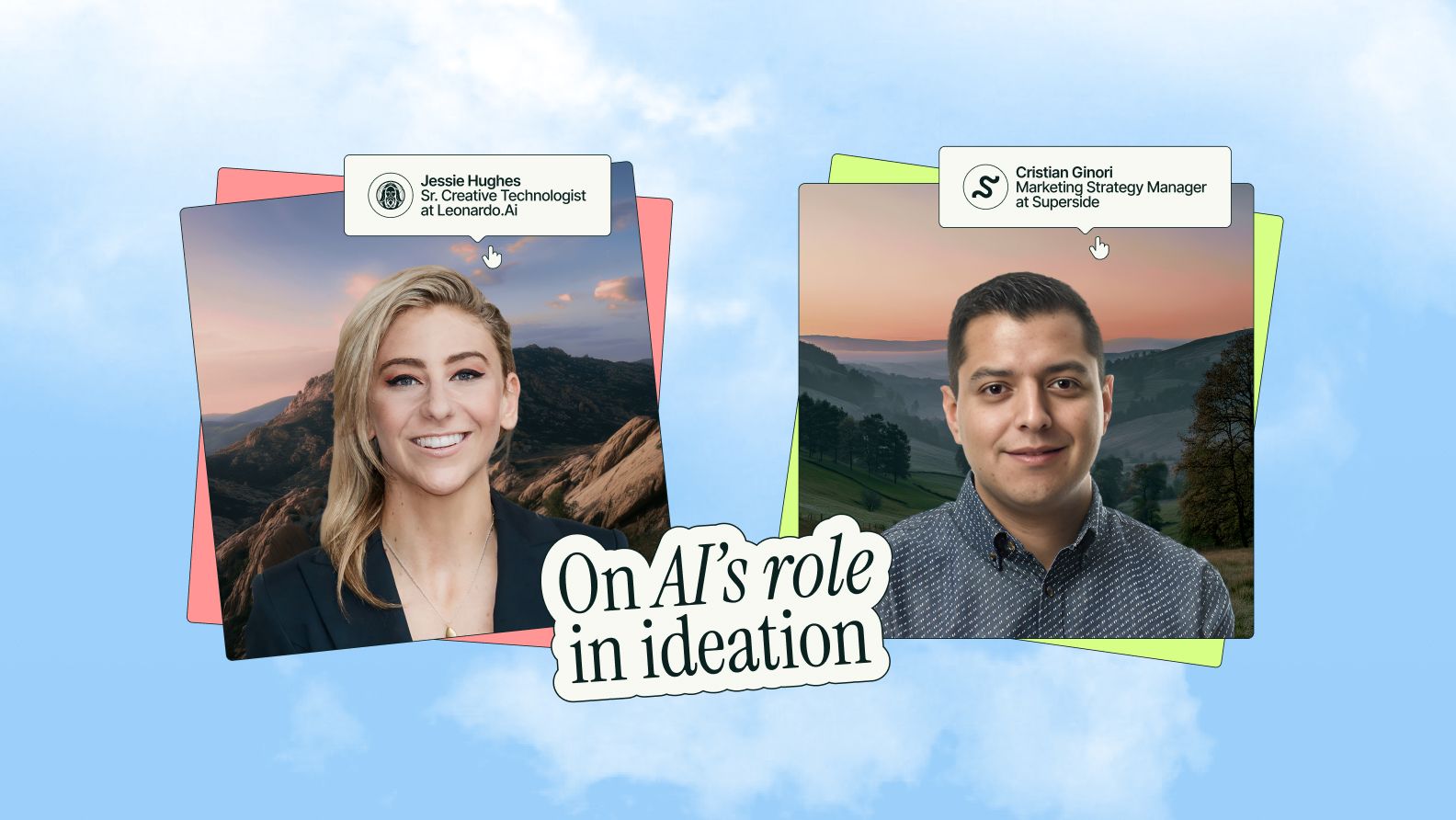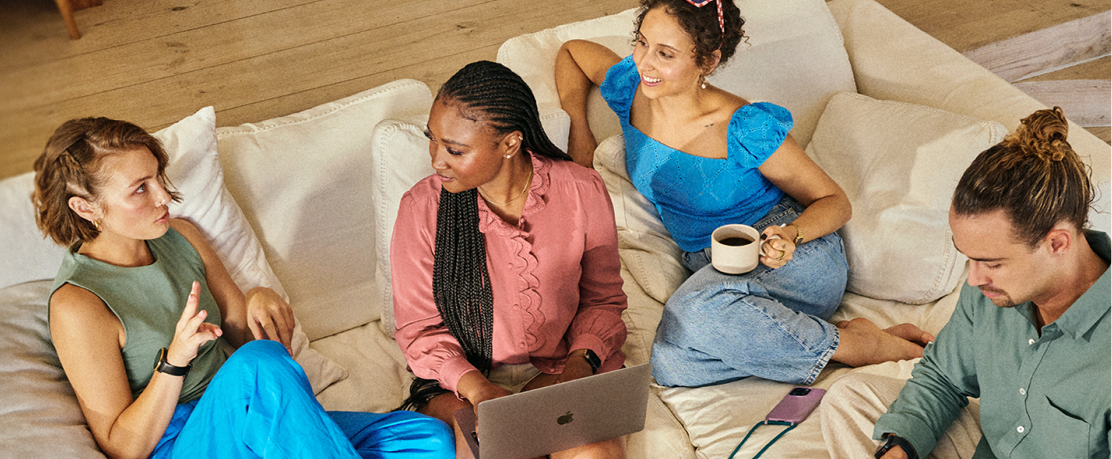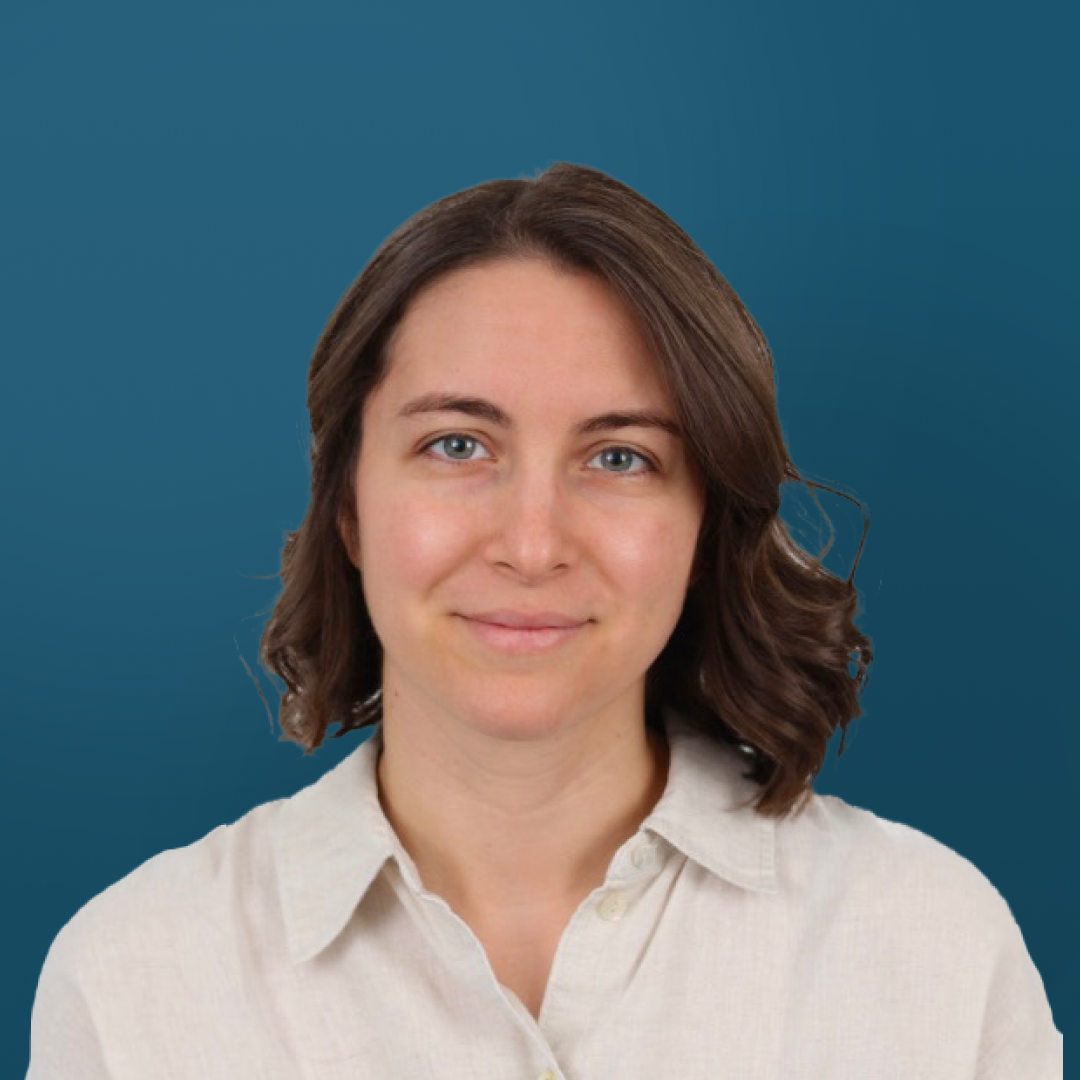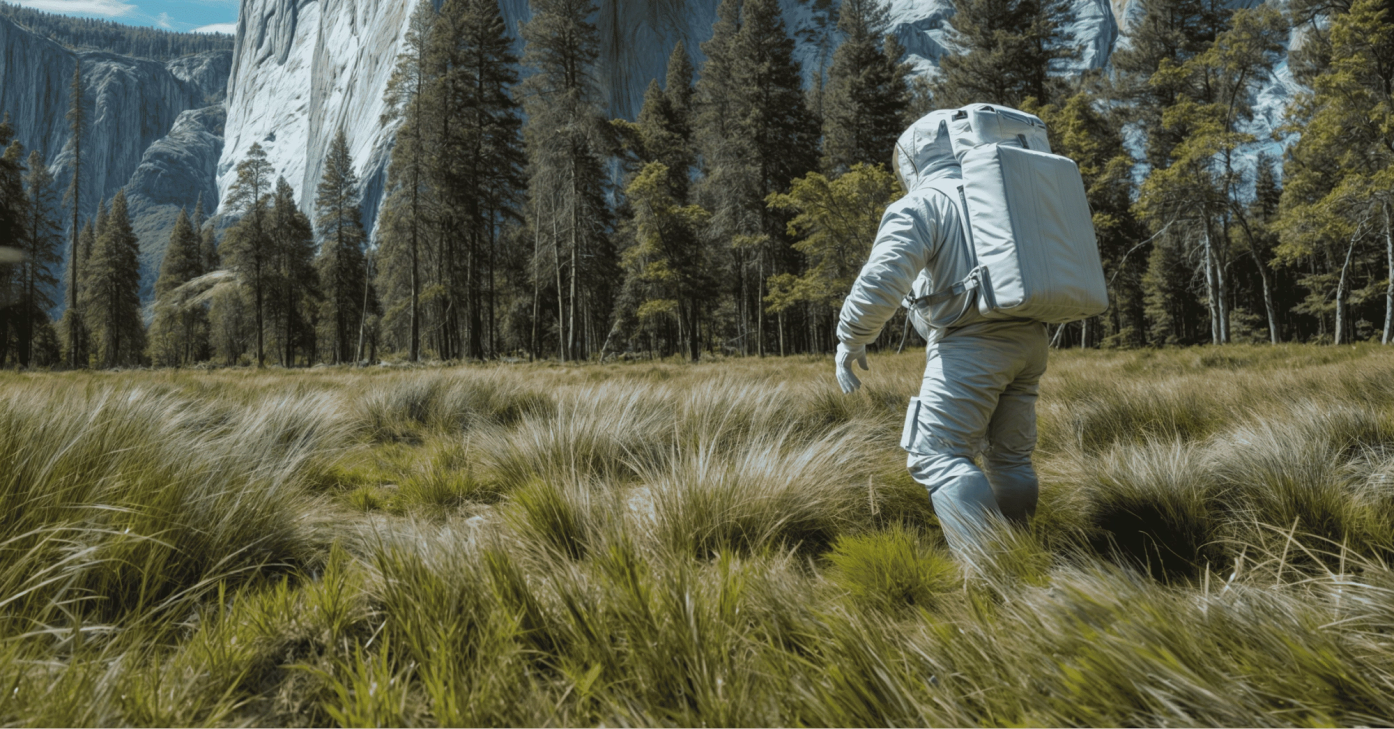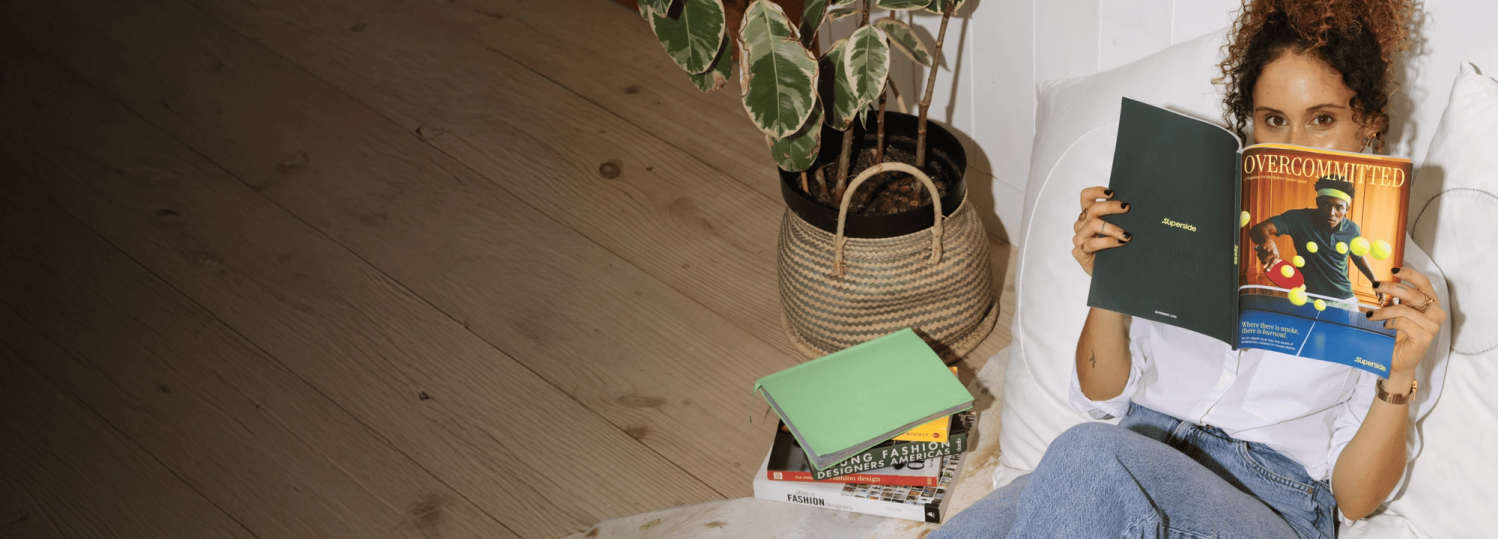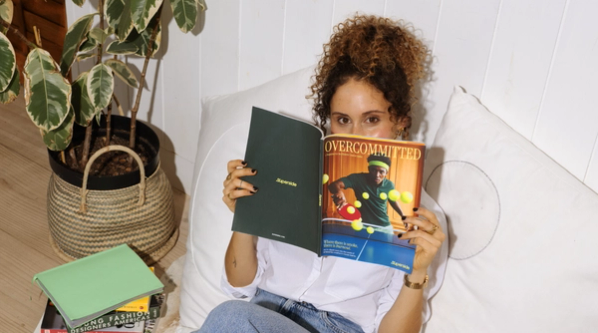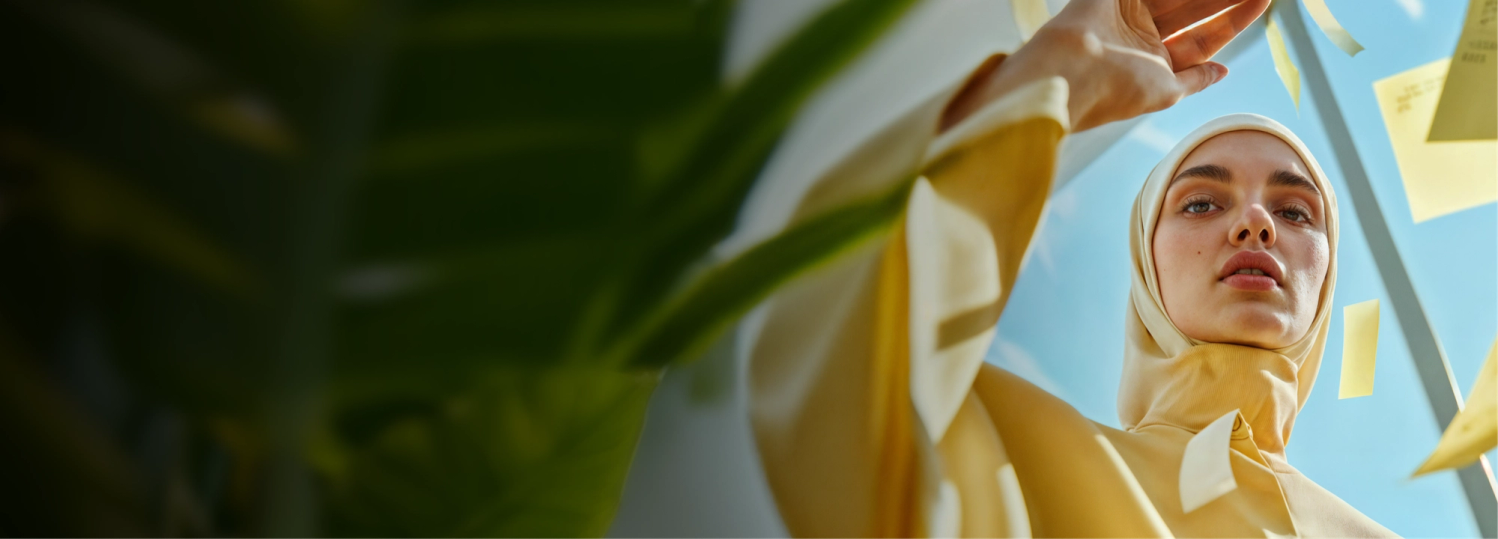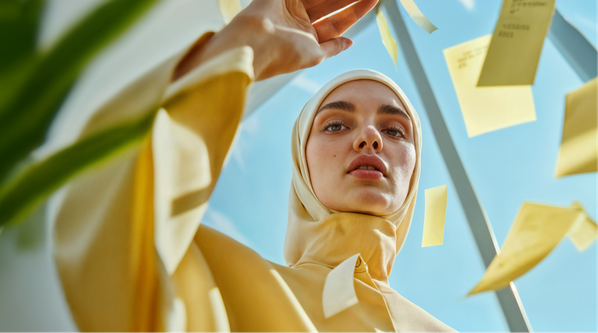From pixels to possibilities: Superside’s CEO on the AI-creative future
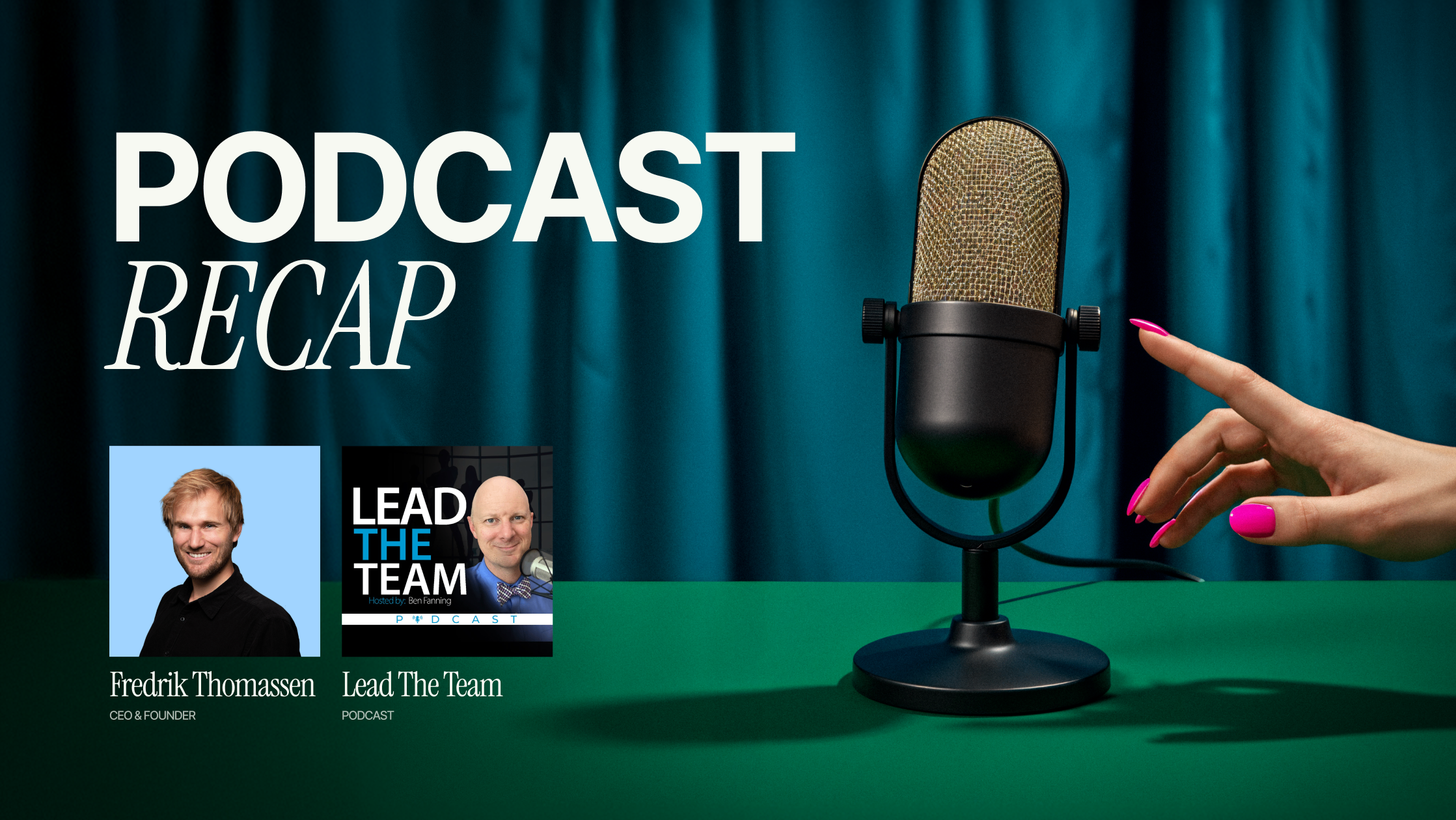
Superside’s Fredrik Thomassen is proving that AI, remote teams, and killer design can coexist—and scale like never before. Creativity just got an upgrade.
If you're wondering what the future of creative work looks like, Fredrik Thomassen, CEO and founder of Superside, has a pretty clear answer: it's fast, borderless and powered by AI. In a recent episode of Lead The Team podcast, Thomassen dropped his insights on the transformation happening at the intersection of creativity, automation and global talent—and how Superside is riding that wave with confidence.
We’re the best in the world at selling AI and automation solutions for enterprise technology companies.
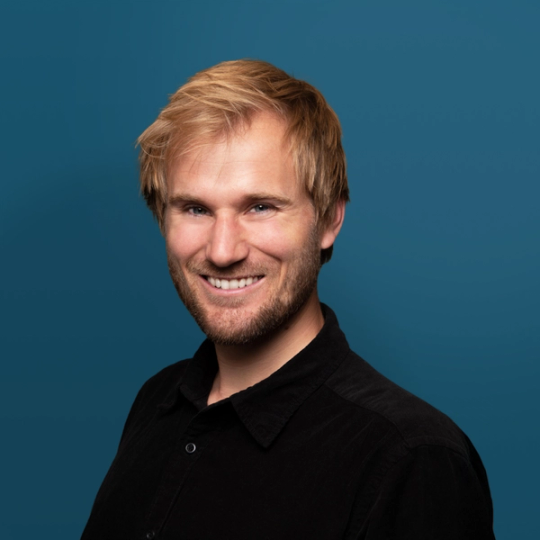
Big claim? Sure. But Thomassen backs it up with action. Superside is working with heavyweights like Amazon, Salesforce and Vimeo, helping in-house creative teams punch way above their weight. And how are we doing that? By embracing AI and building a remote-first team that spans 65 countries and 750 people.
The future is borderless
Superside isn’t just remote; it’s “super remote.” Thomassen calls it “a world where there’s global equality of opportunity.” And for Superside, being a borderless company is about tapping into the best talent anywhere, anytime, without compromising on creativity or speed.
You join a call with your team and it’s 10 people from 10 different countries telling 10 different stories.

The company has been remote since day one—long before it was cool. Back in 2016, people doubted the model. Post-COVID? Everyone wants to know how it can be done.
Rethinking creativity in a remote world
One of the big myths Thomassen busts is that creativity requires in-person watercooler moments. Superside has built its model around the opposite assumption: deep creative work often happens in solitude.
Most great pieces of art or most great pieces of fiction writing haven’t been created by a group together in a room… it’s been hard work.

Instead of chasing chaotic brainstorms, Superside hires people who thrive independently. “We try to hire people that are… more introverted, high conviction than high extrovert, low conviction,” he says.
And yes, it’s working. Superside has scaled creative output at enterprise-grade velocity—without sacrificing quality or collaboration. The trick? Redefining creativity for the digital age.
AI is not a trend—it’s the toolset
Thomassen didn’t jump on the AI bandwagon when it was trendy. Superside started experimenting early, inspired in part by Sam Altman, who was Thomassen’s group partner at Y Combinator in 2016. That connection seeded an obsession with AI that’s now baked into every Superside workflow.
Every week there’s a new number one, and we just need to stay on top of it.

From briefing automation to brand design systems, Superside is using AI to tackle the hard parts of creative execution. We’re not just plugging into the latest model—we’re integrating it into end-to-end workflows and tailoring solutions for clients that choose to opt in.
Instead of us having a big team helping the customer with that brief, we have the AI help the customer.

Pulling back the curtain: Efficiency and transparency
Most agencies keep AI gains to themselves. Superside does the opposite. That translates to real-world impact: faster turnarounds, better briefs and dramatically lower costs. Unlike traditional agencies, Superside passes those savings straight to the customer.
We’re giving 100% of those cost savings back to our customers.

We’ve built tools like AI-powered briefing systems that shave 40% off project scoping and quoting. That translates into faster turnaround and reduced prices—up to 25% in some cases.
If you have a 10-hour budget, maybe before you could create a static image. Now you can create a compelling photo-realistic video.

Getting real about AI anxiety
Thomassen's advice for leaders navigating the AI tsunami? Lean in, get curious, and stop waiting for clarity that may never come. At Superside, that means treating AI as the #1 priority.
He encourages Superside’s team to experiment constantly, treating each project as a learning lab—giving the space to try new tools, the support to grow and the permission to think differently.
The one advice that we try to give is, make sure that you work in a company that takes [AI] seriously.

Yes, some creatives are worried about losing the “craft.” But Thomassen isn’t selling fear. He’s selling readiness.
Rather than hand-wringing, Thomassen sees a chance to level the playing field. AI lowers barriers for non-designers, unlocks new formats, and helps creatives punch above their weight.
While some creatives might be reluctant to embrace AI, others see it as the only way forward. In Superside’s recent Overcommitted Report, the consensus was clear: AI is here to stay. According to the survey, 96% of creatives agree that AI will accelerate creative production and 93% feel that AI will improve quality.
Embracing the future with Superside
Thomassen isn’t just talking about the future of creative work: he’s building it. Superside’s blend of global talent, AI-powered efficiency and deep respect for craft proves that creativity and technology aren’t at odds—they’re accelerating each other.
What leaders can learn from Thomassen:
- Remote works when built on purpose. Superside is proof that great creative doesn’t need a shared office—just shared goals.
- AI is a competitive edge—only if you use it right. Don’t just plug into tools. Orchestrate them.
- Give people space—mentally and physically. Walks in nature are part of Thomassen’s productivity. “Don’t work on your mind with your mind,” he reminds us.
- Speed + Transparency = Trust. Be transparent about AI gains with your customers and you'll earn their trust (and continued business!)
- Optimism is a choice. Especially in AI adoption. “It’s not clear the world will need fewer designers—but it will need different ones.”
For leaders navigating a rapidly shifting landscape, one thing is clear: staying still isn’t an option. Embrace the tools, empower your people and move fast. Superside is here to help.
Tess is a Senior Content Specialist at Superside, where she crafts compelling content for SMBs and enterprise businesses. With over 10 years of experience, Tess has honed her skills writing for both B2B and B2C audiences, working across agencies and in-house creative teams. Her expertise spans industries, including international relations, tech, hospitality, and the music industry, where she has a knack for blending storytelling with strategic insights. When she’s not busy writing, you’ll likely find her curled up with a good book, binge-watching the latest Netflix obsession or hiking.
You may also like these
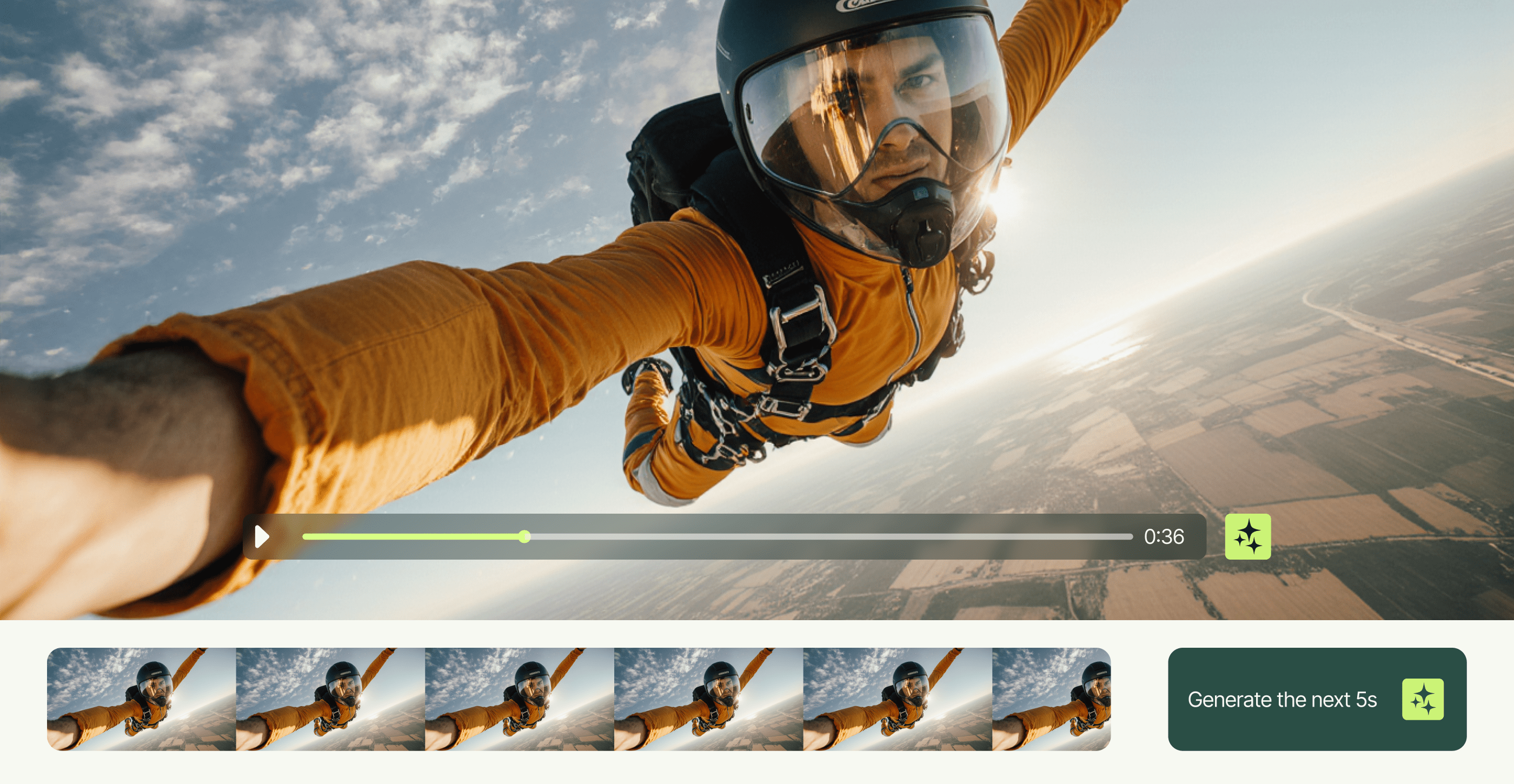
10 best AI video examples for inspiration in 2025
Video marketing continues to prove its impact. Viewers retain 95% of a message when they watch it on video, compared to 10% when they read it in text. And 89% of consumers love the format so much that they want even more branded video content.This demand has driven brands to explore innovative tools and production approaches over the last few years. AI has played a central role. In 2025, 41% of businesses used AI for video production, while another 19% planned to experiment with the tech in the near future.But the unprecedented demand for video means these tools alone aren’t always enough. In the enterprise environment, those who make a lasting impression deliver scale, consistency and fresh creativity. Many creative teams struggle to keep up without a strategic approach that combines AI excellence, top talent, streamlined processes and smart project management solutions.This article highlights exceptional AI-powered video examples crafted by Superside’s creative team, alongside standout work from other brands. We showcase work that tells powerful brand stories and unpack why each example matters for marketers who want to produce videos that win customers.
9 AI marketing campaigns pushing creative boundaries in 2025
AI is no longer just a novelty or a behind-the-scenes efficiency tool. The tech has matured to the extent that it’s shaking up marketing’s creative and strategic core.The world’s top brands don’t just use AI to automate tasks or deliver efficiencies. They use AI technology as a creative co-pilot that speeds up ideation, experimentation, personalization and more.In this article for enterprise marketing leaders, heads of creative, brand strategists and innovation leads, we explore nine AI-powered campaigns that demonstrate how the technology contributes to real-world marketing success. We start with two Superside examples, and then unpack seven more AI campaign case studies.Stick with us as we explore why today’s marketing teams should embrace AI, how to determine whether an AI tool belongs in your marketing stack, and why Superside should be your go-to creative partner.Why you should use AI in your marketing campaigns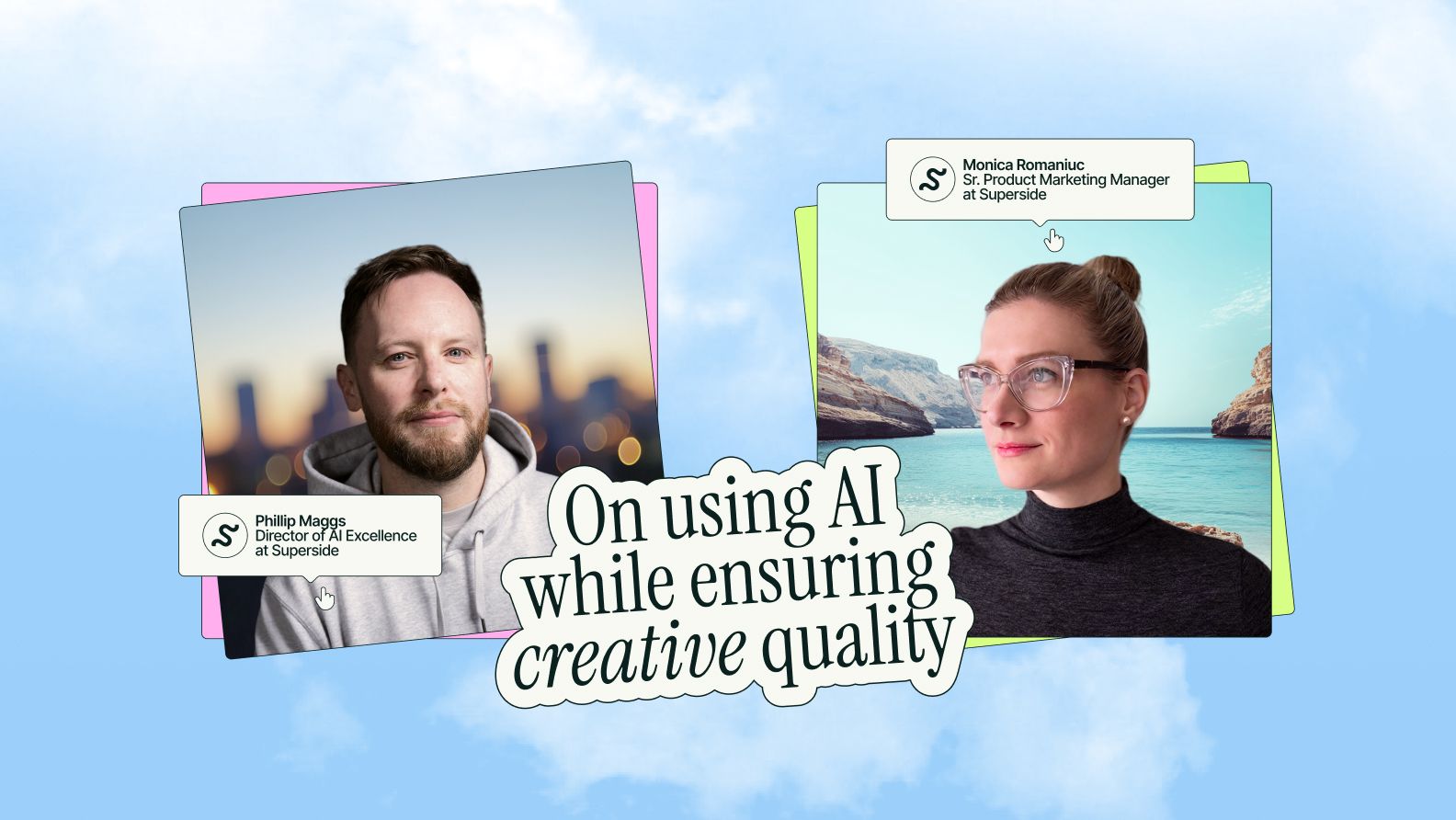
AI meets expertise: Inside Superside’s formula for quality creative
Will it look too “AI-y?” Will it sound too “AI-y?”When it comes to AI, many creatives and marketers share a common concern: Will it compromise the quality of their work?In our latest guide, Inside Great Creative Partnerships, Superside’s Phillip Maggs, Director of AI Excellence, and Monica Romaniuc, Senior Product Marketing Manager, confirmed this fear is unfounded—provided you’re doing it right. From quick tips to caveats, they shared:Where AI can provide value across creative and marketing workflowsWhy legacy stacks are a caveat (but not a lost cause)